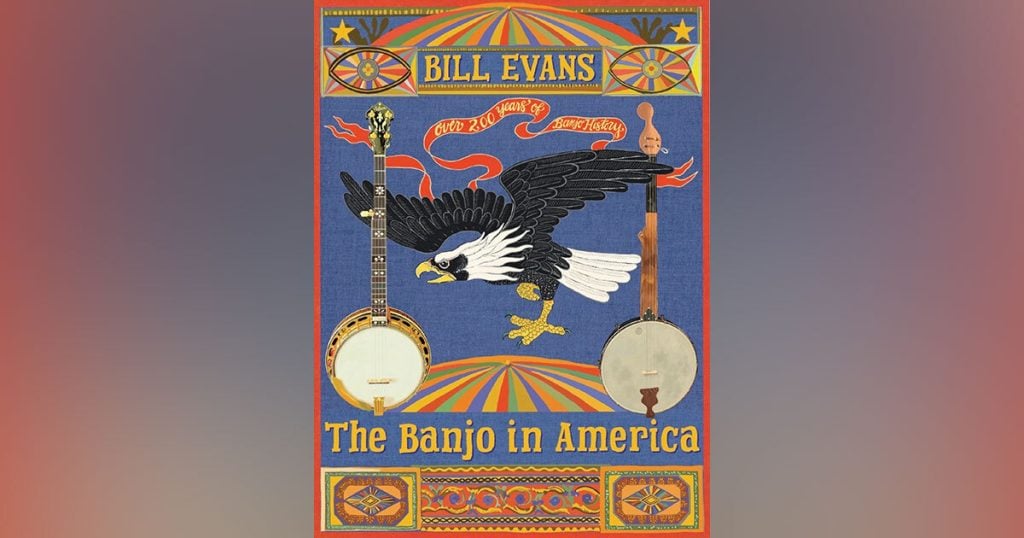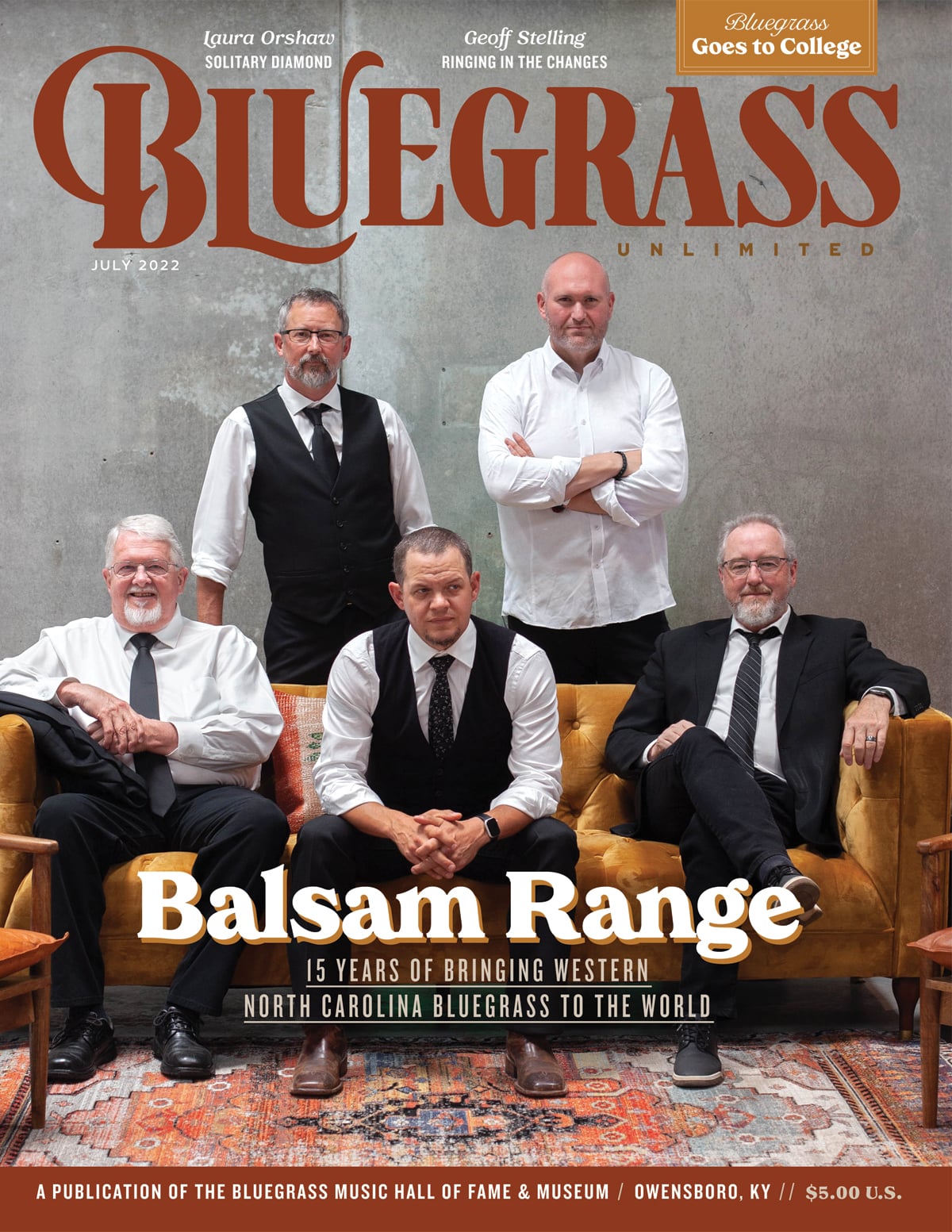The Banjo in America
As the tape rolls on Bill Evans’ one-man show, The Banjo in America, it’s clear that one thing Evans loves about his instrument of choice is that it contains multitudes.
Evans, a highly-regarded bluegrass professional with five decades of performing, teaching, and recording under his belt, covers a lot of musical ground in little more than an hour.
Attired in a tie and vest, and looking a bit like a cross between a distinguished professor of accounting and a Vegas blackjack dealer, Evans plays tunes representing perhaps 150-200 years worth of banjo music, using period-specific repertoire and banjos.
Enslaved Africans brought some form of the banjo to North America centuries ago, and taken together the pieces Evans plays point up the central and continuing role of African and African American influences in the banjo’s development. The pieces run the gamut from gourd banjo “jigs” to so-called classical banjo to bluegrass to a polka to some original compositions.
That Evans can play so well in so many styles on so many different banjos in various tunings is not the overarching point of these 19 performances, and yet his musicality brings the pieces to life. Evans has been touring a stage performance of The Banjo in America since the 1990s. A filmed version is now being released on DVD by Tiki Parlour Recordings, a Los Angeles outfit that specializes in recording traditional old-time music.
The filming, done over two days in Tiki Parlour’s studio, offers a spare, dramatic aesthetic. The lighting captures the flavor of a stage show, and the color palette has a life of its own. Banjo nerds should appreciate the way the camera lingers for long moments on Evans’s left and right hands as he plays, and how the filmmakers allow the viewer to cast deep, meaningful glances at all manner of vintage 5-strings (Cammeyer Vibrante Royal zither banjo, 1927 Gibson TB-5 Deluxe, Jim Hartel Ashborn replica, etc.) the better to daydream about playing them.
The filming includes no narrative exposition; the banjo playing speaks for itself; but Evans—who earned a master’s degree in music from the University of California, Berkeley with a focus on ethnomusicology—writes illuminating notes on each tune as well as an engaging overview of the project and its purpose. Banjo tunings for all 19 pieces are included. The folk artwork on the DVD features an attractive, homespun Americana vibe.
The Banjo in America is decidedly worth watching and listening to for the performances and as an ear-opening window onto aspects of banjo history.

